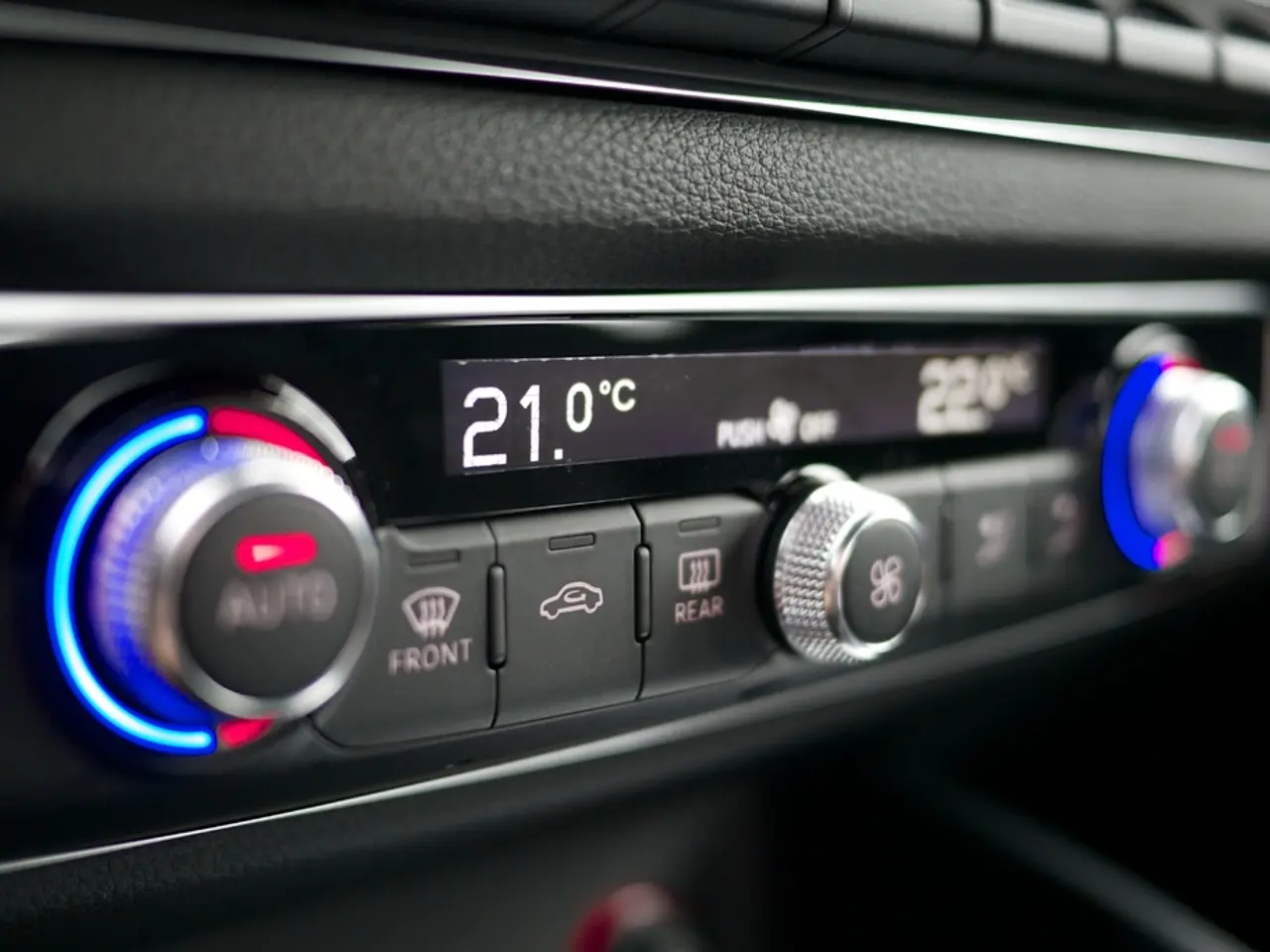European authorities requested a proposal for a directive regarding the application of 'small modular reactors' in the energy policy of the European Union.
In the rapidly evolving energy landscape, Small Modular Reactors (SMRs) are transitioning from conceptual designs to real-world deployments with increasing global momentum. The technology, which offers flexible, scalable, and decentralized power generation, is being actively developed and deployed worldwide, marking a significant shift from prior delays and skepticism about its practicality.
### Current Status
Several major construction starts have been recorded in 2025, indicating a shift in the industry's attitude towards SMRs. In India, the market for SMRs is estimated to be a $20 billion opportunity through 2030-2050, driven by industrial decarbonization and efforts to diversify away from coal. The global nuclear fuel market tied to SMRs is also expected to expand significantly, with uranium demand projected to rise sharply due to nuclear scale-up, including SMRs.
### Technological Challenges
SMRs, which produce between 5-300 MWe per module, present novel engineering challenges due to their modular construction and assembly line manufacturing requirements. While passive safety features and flexibility in siting are technological advantages, scaling up manufacturing and ensuring performance reliability remain challenges. Advanced reactor designs and integration with hydrogen production or industrial applications are areas of active development but still require demonstration at scale for commercial viability.
### Regulatory Challenges
Licensing and regulatory approval processes are complex and vary by country, often originally designed around large reactors, slowing SMR commercialization. The U.S. is actively reforming policies for nuclear innovation, including cost-sharing and regulatory streamlining, to accelerate SMR deployment. Harmonization of international standards and public acceptance remain ongoing hurdles globally, impacting the pace and scale of deployment.
### Economic Challenges and Competitiveness
SMRs face competition from increasingly cost-effective renewables and large conventional reactors. However, in key European markets, initiatives like Rolls-Royce SMR indicate government and industry commitment to develop economically competitive reactors capable of supporting decarbonization goals. Upfront capital costs, licensing uncertainty, and competition with established energy sources constitute economic barriers, but market forecasts expect significant growth in SMR-related nuclear fuel and reactor markets through 2030 and beyond.
### Future Prospects
SMRs are poised for substantial growth, with expectations of hundreds of units globally by 2040, potentially increasing uranium demand and transforming nuclear energy’s role. Their modular nature can enable faster deployment in emerging economies and specialized applications. Policy alignment with net-zero targets, technological maturation, and regulatory facilitation will be crucial to realizing economic competitiveness.
In Europe, SMRs could play a strategic role in energy security and industrial decarbonization if ongoing R&D and pilot projects lead to cost-effective commercial models. However, it's important to note that numerous actors worldwide are working on different SMR designs, and there is currently no clear frontrunner in the industry. Countries like China, Russia, and the USA are moving forward with SMR pilot projects, and investments in SMRs remain risky due to uncertainty about which technical design will prevail.
Michael Kruse, head of the Arthur D. Little Energy Practice, believes that SMR power is not only an attractive option for climate protection reasons but also economically. Small, modular reactors are considered an alternative to conventional large power plants, and the technological landscape for SMRs includes a variety of approaches that differ significantly in key technical aspects. In many European markets, SMRs could compete on price with existing PPA models, especially for industrial large consumers.
Innovative delivery and operation models involving industry participation will develop in the SMR industry. As of 2025, both conventional reactors and SMRs will play a role in the European power mix for at least the next 50 years. The number of active SMR concepts has dropped from 83 in 2022 to 68 in 2024, indicating a consolidation of efforts towards the most promising designs. A clear regulatory framework is crucial for the swift and smooth implementation of SMR projects.
- The global nuclear fuel market is anticipated to expand significantly as the technology for Small Modular Reactors (SMRs) is developed and deployed worldwide, with the demand for uranium projected to rise due to increased production and nuclear scale-up, including SMRs.
- The industry for Small Modular Reactors (SMRs) in Europe is expected to grow substantially, and SMRs are considered an attractive option for both climate protection and economics, potentially competing on price with existing PPA models, especially for industrial large consumers, due to innovative delivery and operation models involving industry participation.




